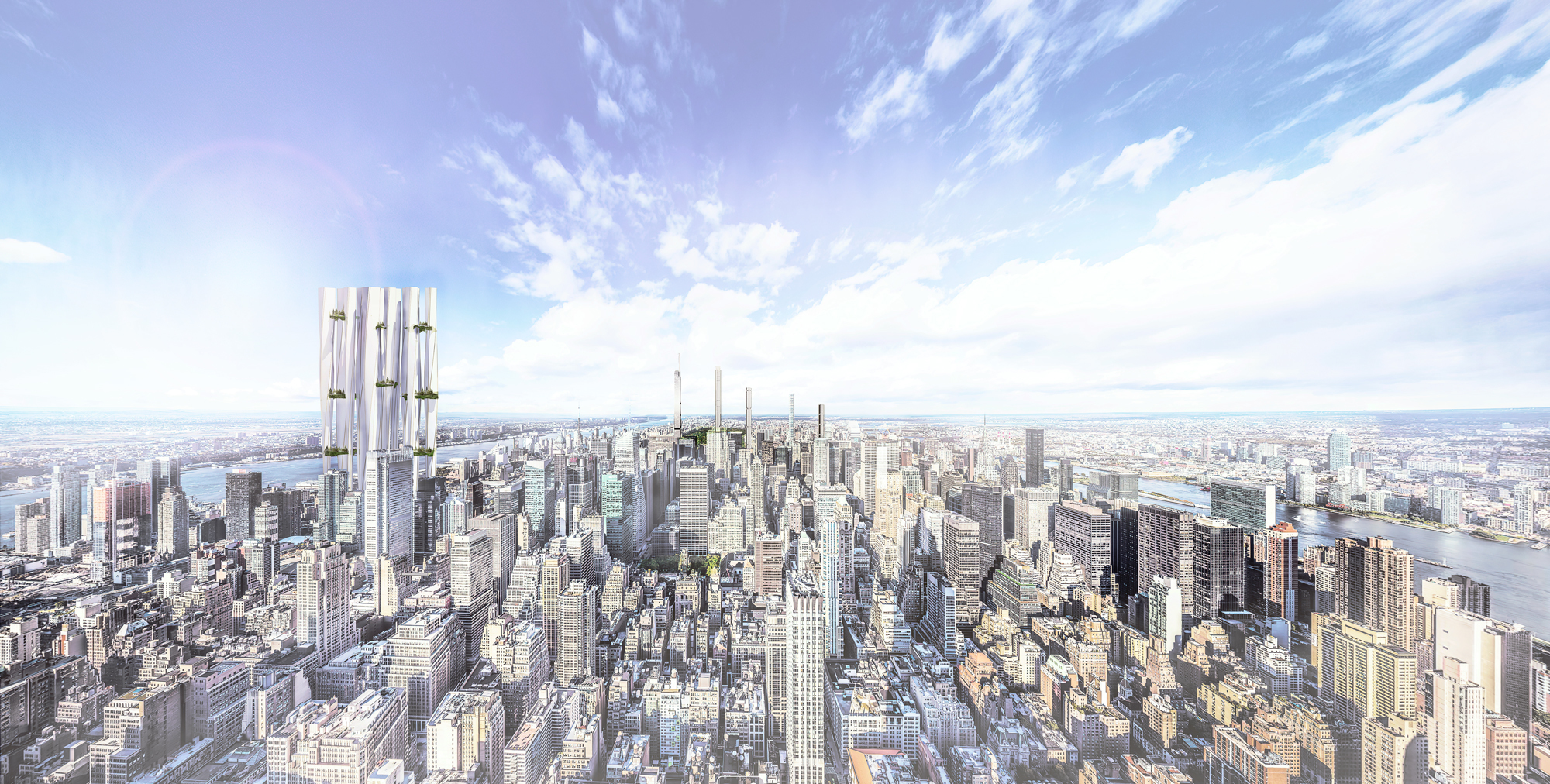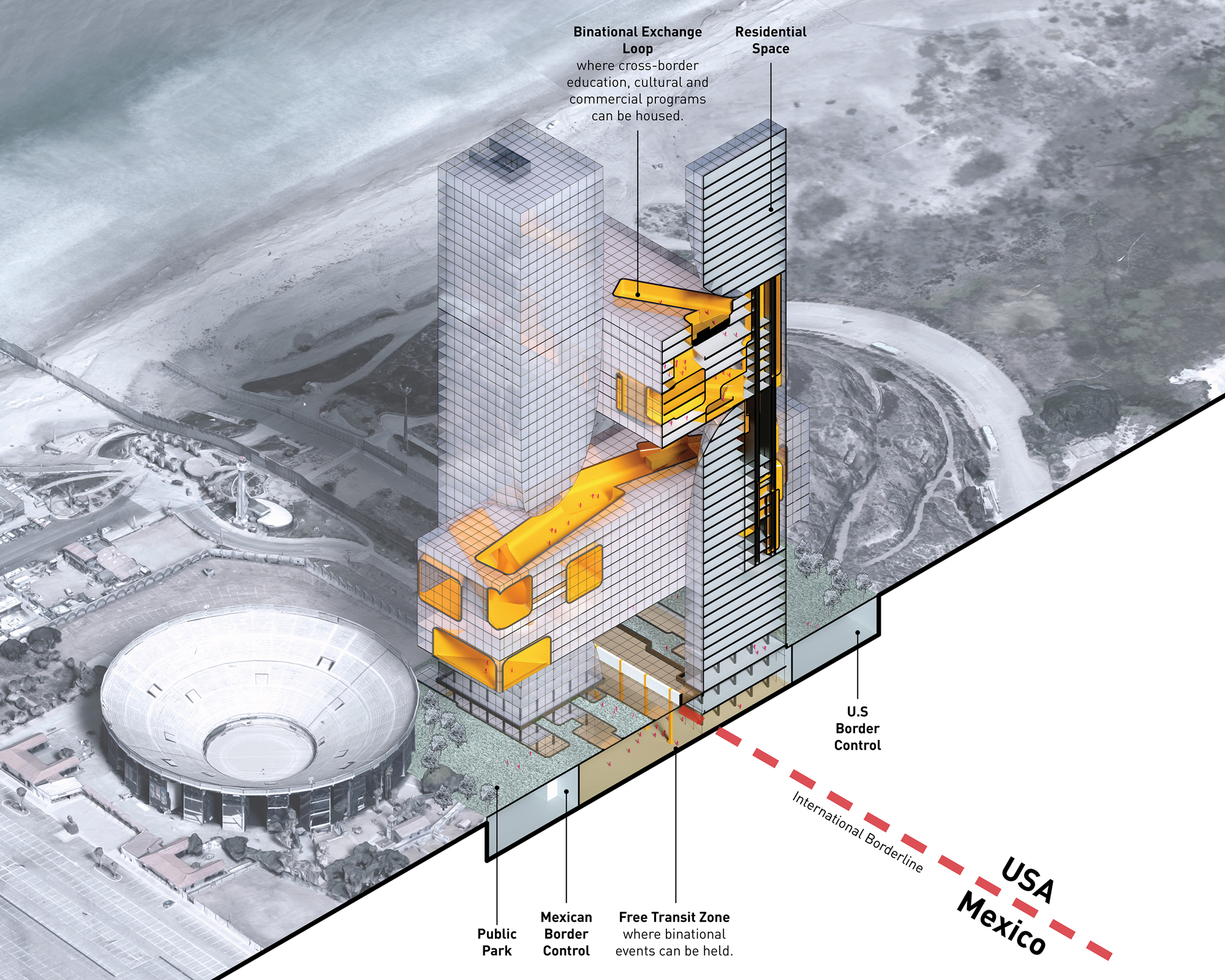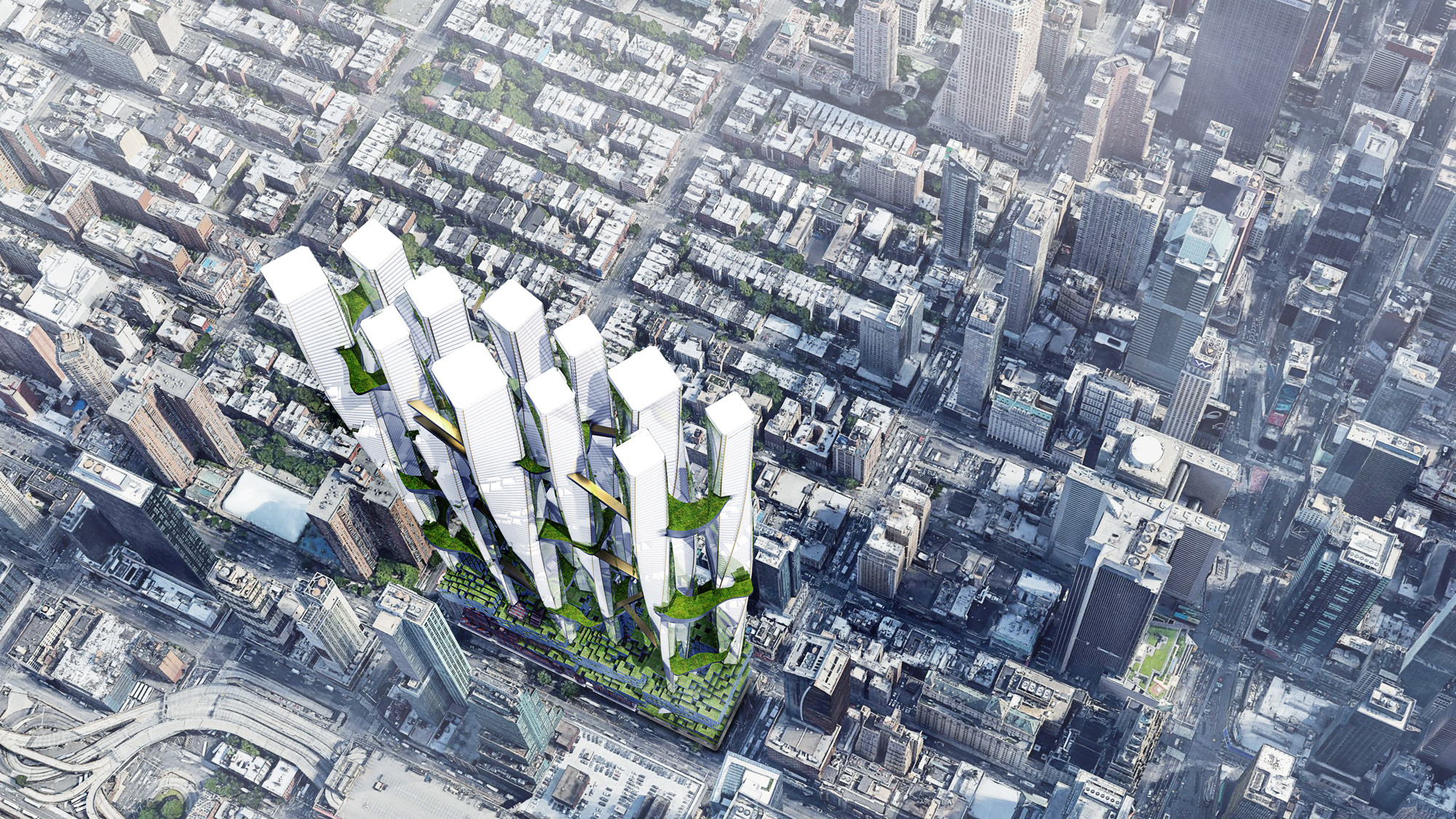M.Arch 2 Students Place in 2021 Vertikal Habitat Competition

SCI-Arc would like to congratulate M.Arch 2 students Carnation Kng and Rene Perez Ignacio who received 2nd and 3rd place awards respectively in the 2021 Vertikal Habitat Urban Housing Tower competition. Hosted by the Opengap network, the competition invited participants to design an innovative new urban housing or mixed-use tower that addresses the growing density of cities with designs that contribute to communities and allow a self-sufficient future. The projects themselves were conceived by Kng and Perez Ignacio in John Enright’s spring 2021 vertical studio.
More information can be found at the competition website, and winning project descriptions are below.

Border Crossing by Carnation Kng (M.Arch 2) - 2nd Place
Project Description:
“We are defined not by our borders but by our bonds.” – Barack Obama
In today’s world, borders are accepted as the status quo and are arbitrary—suggestions of distinctions legitimized by dominant powers. However, clear and definite borders can never truly be drawn between the people and places they seek to divide. Where does one end and where does one begin—when we look into the ties that bind us as people, societies, cultures, and histories?
This project proposes the development of a mixed-use, binational twin tower complex, straddling across the westernmost end of the geo-political border between the United States and Mexico. It is designed to be part of the existing International Friendship Park site in the San Diego-Tijuana region. The existing US-Mexico border manifests in a fence that runs all the way into the Pacific Ocean waters. North of the border, the park is located on federal property under the Department of Homeland Security. South of the border, this park is located in Playas de Tijuana, Baja California.
Two towers emerge from the proposed site, with one tower on each side of the border. Two channels emerge from the towers, forming a binational loop for cultural, educational, and commercial exchanges, nested within the normative tower blocks. Soaring above the existing border fence, and against the majestic backdrop of the Pacific Ocean, the twin towers visually fuse into one entity when viewed from the borderline.
At the ground level, the tower bases fuse into the existing terrain, providing a public park space that is divided by the border fence running through it. Punctuated by skylights, the public park reveals the underground binational transit zone beneath. Flanked by border control facilities, the binational transit zone serves as a new neutral ground to facilitate free exchanges. The existing border fence’s structural supports extend down into the transit zone without the accompanying fences, enabling people to freely bypass the geo-political division it suggests, literally crossing the line.
Ultimately, this project is a hope for a future that acknowledges the inextricable interconnections that define our human condition. It is a call for an architectural solution to challenge and transcend the status quo—negotiating the lines that divide us and connecting the ties that bind us.
Super Block by Rene Perez Ignacio - 3rd Place
Project description
Super Block proposes a new model of verticality that imagines multiple towers that create new neighborhoods in the sky. Instead of the single-standing exclusive apartment building for the extremely wealthy, this project proposes a social agenda of micro and small apartments multiplied across an entire city block of Manhattan, New York. Therefore, the project asks: how can the typology and structural technology of the super-thin vertical building be utilized towards a more inclusive and social understanding of housing?

In recent years, many projects propose a new type of pencil-like, thin skyscrapers that have emerged, distinguished by their limited and exclusive target market. Because of the high demand for space, the city's real estate value is expensive. One of the drawbacks is the limited accessibility to inhabitants who have been forced to find places to live in more affordable areas that regularly are far away and require a significant time of commuting.
But what if we reimagine not just these "pencil towers" themselves, but their interaction with others. What if the complete Manhattan distinctive block is reinterpreted as a "Super Block." The proposal envisions a combinatory mixed-used typology based on the high density but using both; the verticality of the skyscrapers and the horizontality of the block to create a new Manhattan block typology. It will develop connections among the upper space buildings by creating a horizontal cluster villas approach and will break the isolation that has been limited to a skyscraper unit. At the street level, the idea is to create an integrated public space that brings the street into the block by locating part of the program into an accessible path that will connect it with super dense, affordable housing based on micro-units.